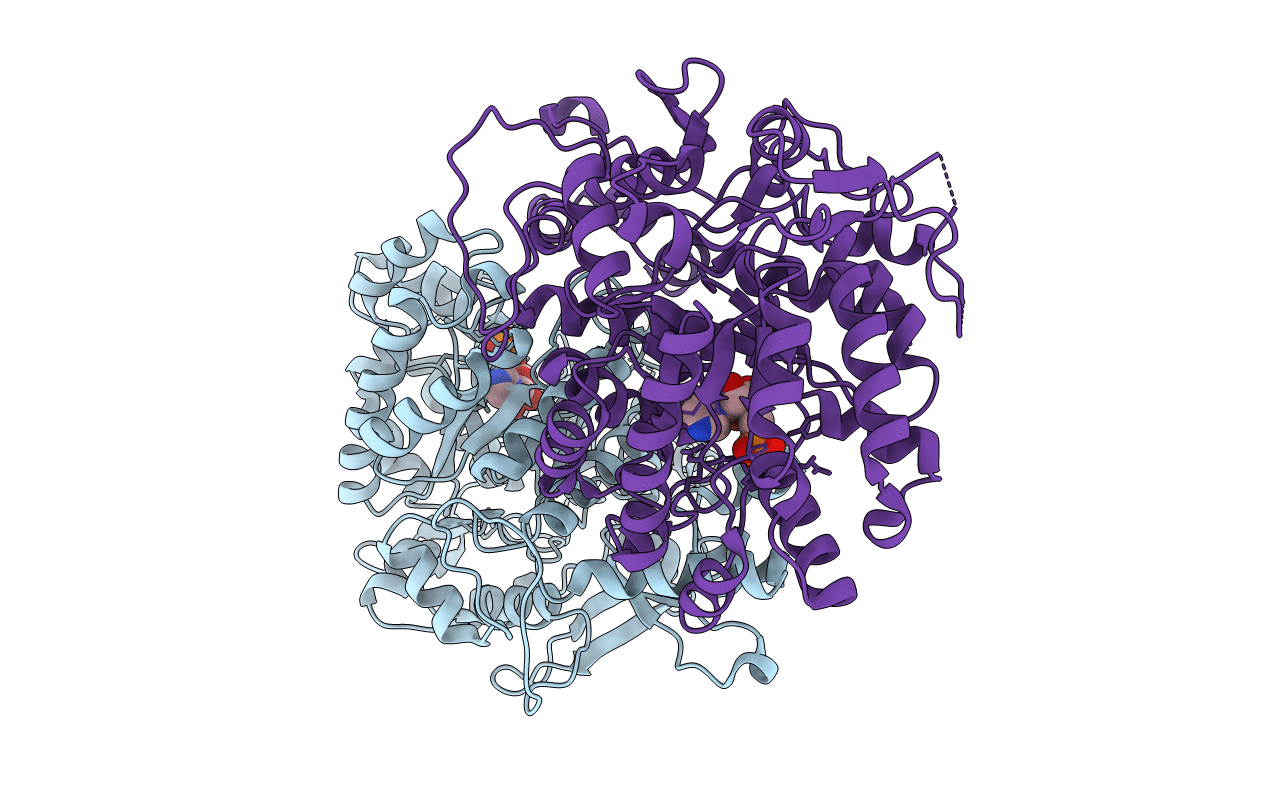
Deposition Date
2008-09-29
Release Date
2008-10-28
Last Version Date
2024-02-21
Entry Detail
PDB ID:
3EPN
Keywords:
Title:
Crystal structure of Caulobacter crescentus ThiC complexed with imidazole ribonucleotide
Biological Source:
Source Organism:
Caulobacter crescentus (Taxon ID: 155892)
Host Organism:
Method Details:
Experimental Method:
Resolution:
2.11 Å
R-Value Free:
0.24
R-Value Work:
0.16
R-Value Observed:
0.17
Space Group:
P 1 21 1


